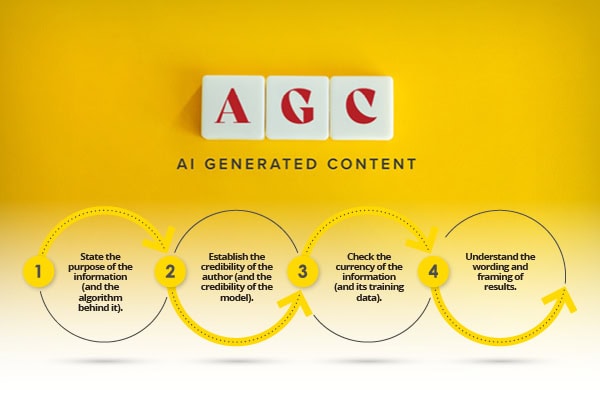School districts across the country are continuing to pour money into expensive reading materials criticized for leaving many children without the basic ability to sound out words, an investigation by The 74 reveals.
The approach, known as “balanced” literacy, has been dominant in U.S. classrooms for decades, but has come under fire recently amid research and reporting exposing its shortcomings. Criticism peaked this fall after the release of the influential Sold a Story podcast, which linked America’s “reading crisis” to schools’ use of literacy materials that teach children to guess words they don’t know based first on pictures and sentence structure — a method called “three cueing.”
Since the podcast launched in October, at least 225 districts have spent more than $1.5 million on new books, trainings and curriculums linked to three cueing, according to The 74’s review of their purchase orders accessed through the data service GovSpend.
Previous analyses have highlighted sales going to the reading materials’ primary publisher, finding some large school systems had spent $10 million or more in the last decade. But this report is the first known to zero in on individual districts’ purchasing of key books in question — spending decisions made during a national re-examination of literacy instruction.
Matthew Mugo Fields, president of New Hampshire-based Heinemann, the publisher at the center of Sold a Story, said none of his company’s literacy programs are designed to prioritize guessing.
“Guessing at words in lieu of decoding is not the instructional intent of those programs,” he said.
Krissy Hufnagel, curriculum director for schools in Mason, Ohio, the state where balanced literacy first took root, said her district had to bolster their supply of books after losing some of the titles they sent home with families during the pandemic. She has followed along for years the debate over how best to teach literacy, she said, and “absolutely” agrees with her district’s $69,500 purchase in October of guided reading materials for first graders from the Fountas and Pinnell Classroom, one of the key curriculums whose efficacy has been cast into doubt.
Decodable books encourage young readers to develop their skills in phonics by using words they can sound out and by excluding pictures that would give away challenging words. Schools are increasingly prioritizing phonics-based instruction thanks to a vast body of research documenting its central role in how young children can become strong readers.
Millions of youngsters struggle with reading. In 2022, national exams showed two-thirds of U.S. fourth graders were below proficient in reading, the age by which educators hope young people will have finished learning to read and begun reading to learn. Scores dipped after the pandemic, but even before COVID, only 35% of learners notched at or above proficient.
To turn things around, more than half of states have passed measures promoting the “science of reading,” an approach that, compared to balanced literacy, places a greater emphasis on sounding out words.
Emily Hanford, the American Public Media reporter who created the blockbuster Sold a Story series, said she’s not surprised schools are continuing to purchase the materials her podcast warned against. Yes, reading instruction needs to change, she said. Yes, schools need to do better. But “no one changes a culture quickly,” Hanford said.
“There are people who have been using these materials for a long time. … These ideas have been entrenched in American education for decades now, so things aren’t going to necessarily change quickly.”
The 74





